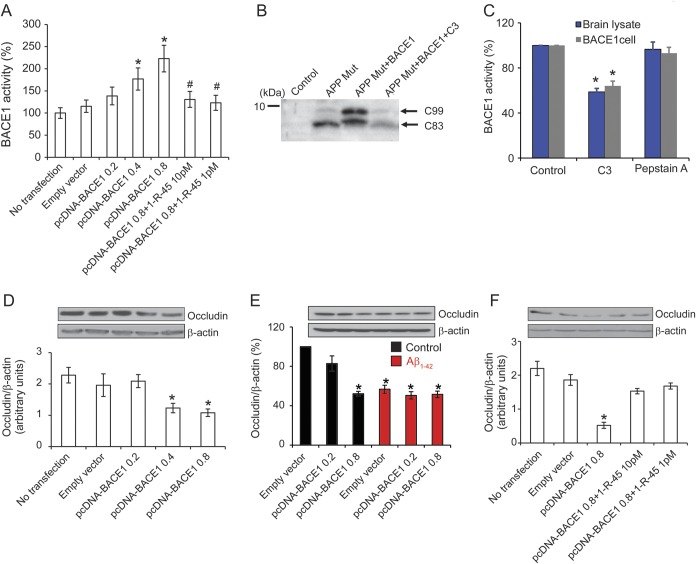Figure 4. BACE1 overexpression results in a downregulation of occludin protein levels.
(A) BACE1 activity levels were significantly elevated in the bEnd.3 cells transfected with pcDNA-BACE1 in the BACE1 concentration of ≥0.4 μg (*p < 0.05). After adding 1 and 10 pM BACE1 inhibitor, BACE1 activity was significantly reduced (#p < 0.05). (B) BACE1 inhibitor reduces the APP C99 generation in bEnd.3 cells. bEnd.3 cells were transfected with APP Swedish mutation (K595N/M596L) and BACE1 plasmids for 24 hours in the presence of BACE1 inhibitor C3 (3 µM) and then subjected to Western blot analysis. (C) BACE1 activity was inhibited by the β-secretase inhibitor C3 (10 nM, BACE1 inhibitor IV) but not by cathepsin D inhibitor pepstatin A (1 μM) in human brain sample and BACE1 cell lysate. (D) Overexpressing BACE1 in bEnd.3 cells, occludin protein levels were significantly reduced with the transfected BACE1 amounts of 0.4 and 0.8 μg. (E) Both overexpressing BACE1 and Aβ1–42 treatment resulted in occludin deficiency. bEnd.3 cells were transfected with empty vector or pcDNA-BACE1 for 24 hours and then treated with 5 μM Aβ1–42 for 24 hours. After 48 hours, the cells were harvested and subjected to Western blot analysis. (F) After adding 1 and 10 pM BACE1 inhibitor, occludin deficiency in bEnd.3 cells with BACE1 overexpression was significantly rescued. All data are the mean ± SD of 3 independent measurements. Error bars represent SD. *p < 0.05 vs control sample. Aβ = β-amyloid; BACE1 = β-site APP-cleaving enzyme 1.

